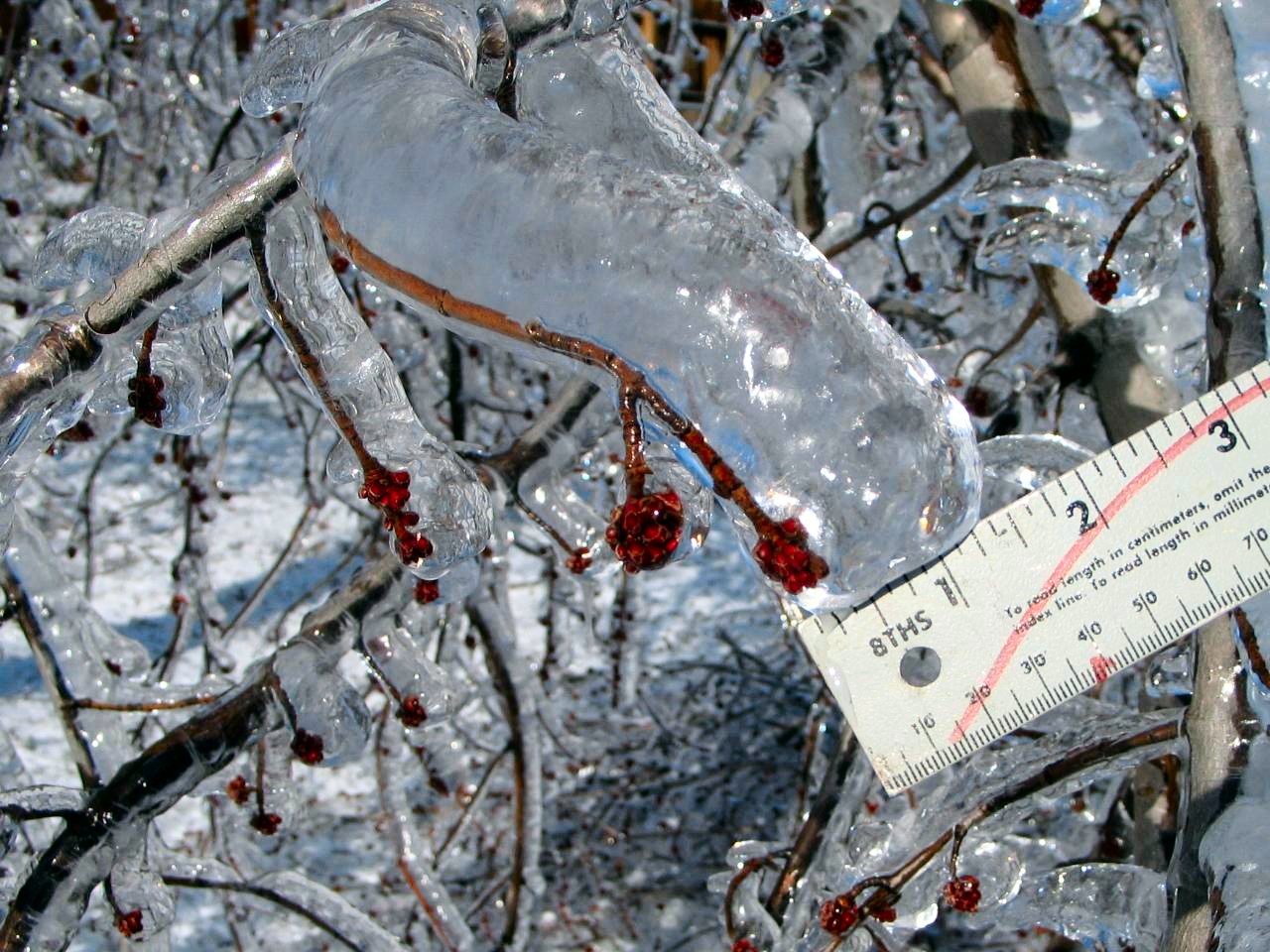7.2: Controls on Population Growth
- Page ID
- 65153
The exponential growth model assumes that all offspring survive to reproductive maturity and produce offspring themselves. We know that this assumption does not hold true in many naturally-occurring populations. For instance, the life history section highlighted that high juvenile mortality is a characteristic trait of r-selected species. What factors influence these rates of mortality, and exert what scientists call ‘controls’ on population growth? Scientists generally categorize controls on population growth into two groups: density independent controls and density dependent controls.
Density independent controls are factors that do not depend on how large the population is (ie. its density); the number of individuals currently present in the population does not influence the likelihood of an individual to die from density independent factors. Generally, though not always, density independent controls are abiotic factors. For example, in December of 2006 a severe ice storm hit much of the Midwest. In Nebraska, tree branches were coated with as much as 1.5 inches of ice (Figure \(\PageIndex{1}\)). Many trees could not bear the enormous weight of so much ice. Nearly all trees lost branches, and many simply collapsed entirely. Whether or not an individual tree could withstand the weight of the ice was not influenced by the density of other trees in the area. A given tree either could, or could not, support the weight of the ice on its branches. A given tree’s survival during the ice storm was, therefore, independent of the density of other trees in the area.

Density dependent controls are factors that do depend how large the population is (ie. its density); the number of individuals present in the population does influence the likelihood of an individual to die from density dependent factors. Generally, though not always, density dependent controls are biotic factors. For example, pathogens and parasites are more easily transmitted between individuals when densities are high. Similarly, resources such as space, food, and nutrients become relatively less available as the population size that relies on them increases (Figure \(\PageIndex{2}\)). Consequently, an individual organism’s likelihood of being impacted by these factors increases as the population density increases.

Figure \(\PageIndex{2}\): Resources such as space are density dependent. Their influence on the population changes as density of the population changes. (Photo by David Stanley)

